5. The Age of Shadows (2016)
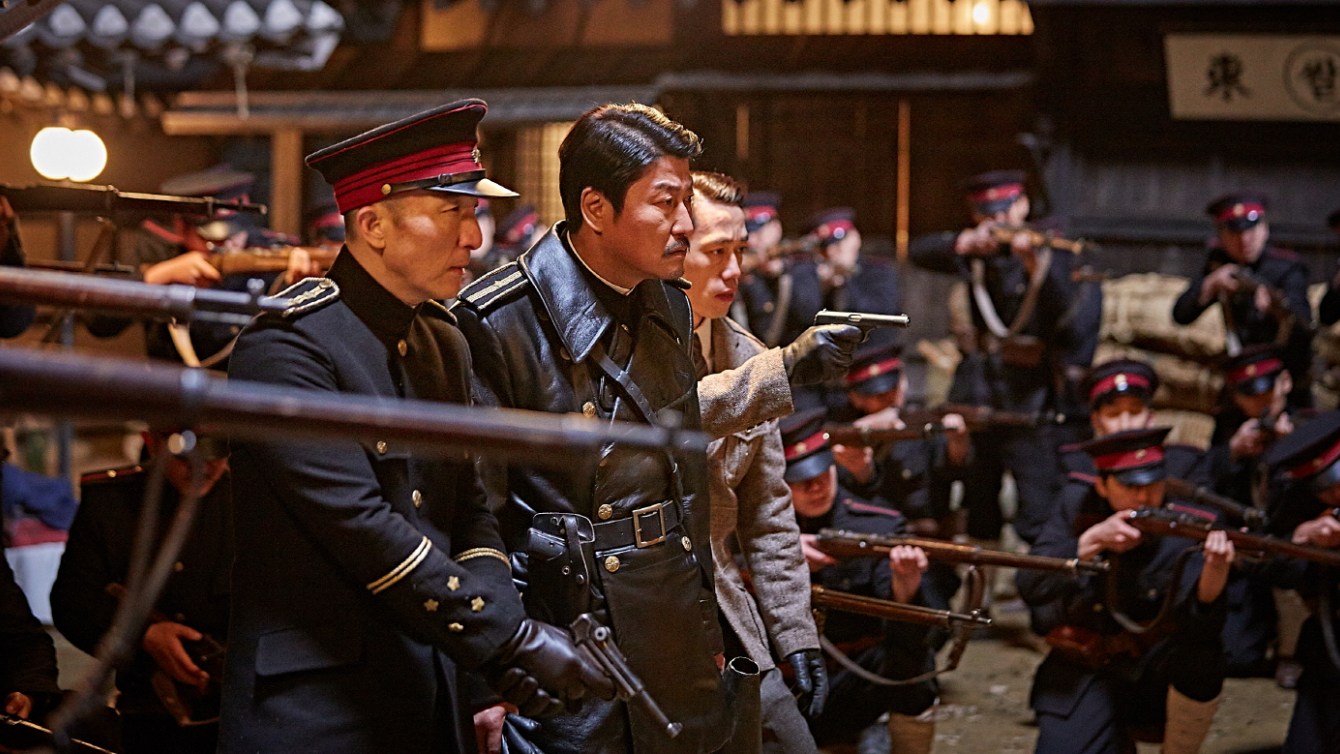
Located in the middle of a powerful triangle of symbolic characters, Jee-woon Kim’s fascinating film “The Age of Shadows” is about the burdens of Korean history and the eternal conflict between origins, loyalty, duty, and humanitarianism. In fact, this story doesn’t include heroes and villains. This is a tale about the people who are meant to encounter each other in an intersecting locus of obscurity, while they are bound by different binds.
In Korea during the 1920s, a resistance movement has been formed in order to disrupt the Japanese domination. Along these lines, a destructive battle has been raised between the leader of the oppositions and the leading Japanese officer, who’s supported by a berserk Japanese agent. All of them have their moments of lunacy, stillness, and sentimentalism. At the end, the three of them seem too real to be loveable or detestable.
Character-driven and full of suspense at the same time, this is a film that combines emotional engagement, thrills, and mood twists. Arguably, it’s visually stunning, often reminding of Kar-Wai Wong’s shadows, contrasts, and sudden start-ups. Watch it if you intent to enjoy more than two hours full of visual and cognitional action.
4. Mr. & Mrs. Adelman (2017)
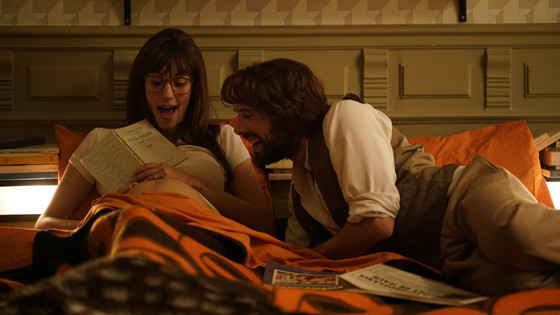
Sometimes it seems to be concentrated on a true aspect of love. Sometimes it seems to radiate the sparkly extravagance of French films, like “Love Me If You Dare” and “Amélie,” emerging on their color palette and revealing some of their surreal cinematographic artifices. The recent dramedy “Mr. & Mrs. Adelman” by Nicolas Bedos and his companion in life and cinema, comprises an amazing investment of your time.
What makes it irresistible and overpowering is a bizarre combination of realism and surrealism, visually and thematically speaking. Victor and Sarah aren’t perfect and they don’t fall in love immediately. She has a bland appearance and a sharp mind. He has gorgeous, somehow pretentious looks and a juvenile longing for a career as a writer. Their relationship stages a long ragtag course, fastened by moments of passionate joy and disorientated by a thousand temptations and esoteric self-interests.
A chronicle of a long-lasting relationship, in happiness and frustration and in presence or in absence, this film includes 120 very entertaining cinematic minutes. It both glorifies and demythologizes romance, making the audience realize that experiencing an incredible love doesn’t mean to hold one’s hand and keep it tight forever. Falling in love means to seek, satisfy, hurt, fail, walk away, and seek back.
3. Taxi Tehran (2015)
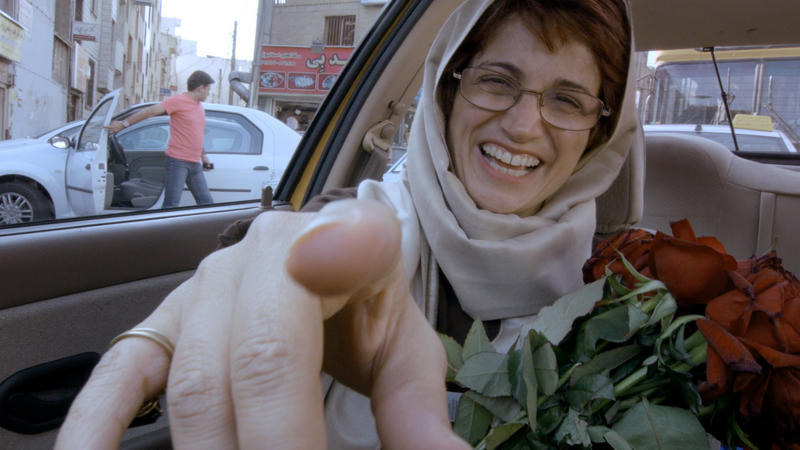
As if summarizing his course through life in his cinematic ride on a taxi in Tehran, Jafar Panahi is an unstoppable artist who fights for freedom of speech and artistic expression. After being banned in Iran for the umpteenth time, Panahi grabs a taxi, hides a camera in it, and draws the most detailing and honest portrait of modern Iran. So simply and touchingly, the great Iranian director showcases his love for people, life, and the recorded life that we call “cinema.”
Casual passengers and actors have taken part in the film. From children to third-aged women to typical male characters of Iran, this round intersects with almost every social situation, thought, and perspective toward life. Being at the same time exposing, analytical, and funny, this is one of Panahi’s most bold and protesting endeavors.
Leos Carax created his own holy motors in his 2012 homonym film, aiming to explore the inverted aspect of a cruel and demanding real world by scratching the portals of our subconscious. Here, Panahi alters a simple taxi into another holy motor, which can accommodate and behold the mind setups and sentiments of an entire society.
2. Aquarius (2016)
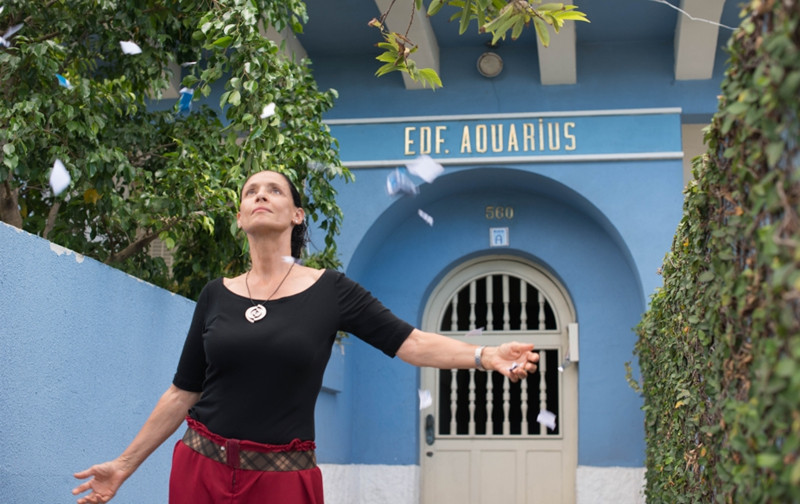
Even before you find out its deeper meanings and the total spectrum of its quality, the Brazilian film “Aquarius” by Kleber Mendonça Filho will enchant you. It can capture all of your moods in its gentle colors, glowing past and mystified main character. Focused on Clara, an aging intellectual and beauty, this story counts the details of a self-made aquarium that acts as a front, a shelter, and a prison.
Clara is a retired music critic, born to high society and blessed with a female beauty that resists the decline of time. In previous decades, she had a breast removal that cost her flawless appearance and solid self-confidence. Currently, she has long glossy black hair, like her aunt Lucia, who used to maintain a very rebellious and sensual lifestyle. Living in her luxurious apartment, Clara is now the last resident of the building, deprived of empathy, companionship, and a sexual life.
Since the entire block is supposed to be demolished and capitalized by a profit-driven company, Clara is forced to leave her apartment. Apart from the company’s illicit stresses, Clara’s grown-up children encourage her to yield to the evolving situation, led by personal interests. Yet, she’s completely unwilling to abandon the life of a former luminous past, containing self-esteem and moments of simplistic joy, spiritual pleasure, and lust.
1. Kaili Blues (2015)
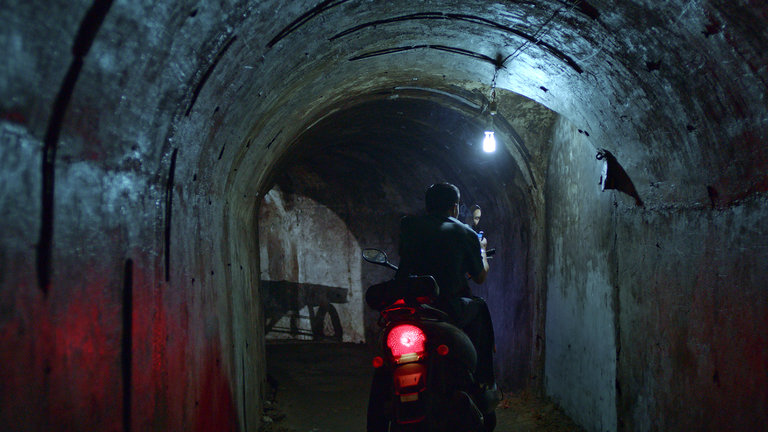
In its silent beauty, foggy atmosphere, and fragmented narrative that bends the lines of time and superficial content, the recent Chinese film “Kaili Blues” tread on the steps of the introverted yet captivating Taiwanese New Wave. The film’s original title means “picnic on the verge of the road,” inspired by the director’s homonym poetry collection. Inserting his poetry in the story’s thematic landscape, Gan Bi drags us on a profound trip through space and time.
Chen is a doctor and poet who carries on his shoulders the heavy loads of a troubled past. Serving a nine-year imprisonment for a crime that he didn’t exactly commit, the film’s main hero loses a lot of personal pieces.
At present, Chen’s brother has abandoned his son in order to focus on his own outlaw activities. Under the pressure of his past’s mistakes, Chen decides to visit a neighboring city where his nephew lives, so as to take care of him. There, his past, present and future intersect on an internal and collective overtone.
This is a film about the relationship between time and our actions. On one hand, it describes the corrosive effect of time, as it occurs on the constructed environments, cultures, and habits. On the other hand, it follows —and attempts to touch upon— the charged wire that constantly connects the past and the present, leaving an indelible mark through its passage. Executed with a technical dexterity that honors the film’s indissoluble relationship with time, this is a must-see hidden gem of cinema.